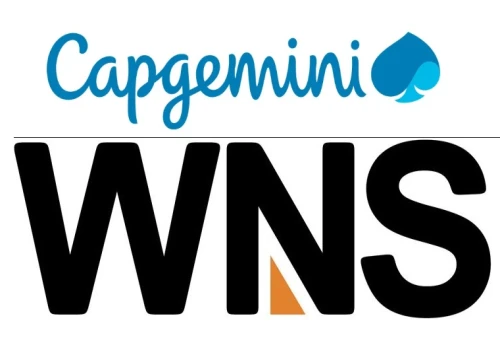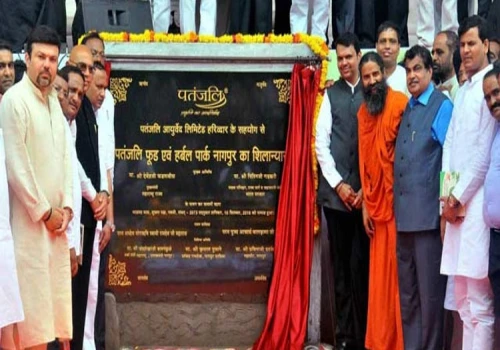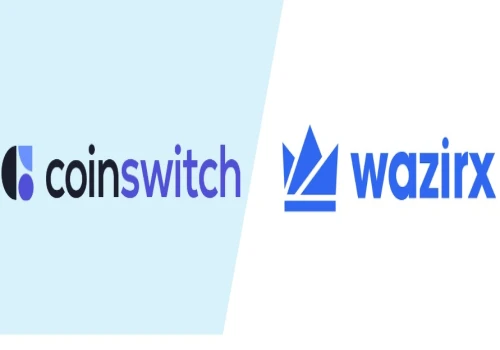_2100_x_1470.webp)
In a move that could significantly alter the Indian entertainment landscape, Paramount Global is reportedly in talks to sell its stake in Viacom18, a media joint venture in India, to Mukesh Ambani's Reliance Industries. This potential deal comes on the heels of Reliance's massive acquisition of Disney's Indian Star network, creating an $8.5 billion media giant.
Paramount's Potential Exit and Debt Reduction
Paramount holds a 13% stake in Viacom18, which could fetch them an estimated $550 million. This sale would likely be used for debt reduction, a key focus for Paramount at the moment. While discussions are reportedly advanced, there's no guarantee a deal will be finalized.
Reliance on the Rise: A Media Monopoly in the Making?
This potential acquisition further strengthens Reliance's position in the Indian media market. Just last year, Reliance, through Viacom18, outbid Disney for the coveted IPL streaming rights. Now, with Disney's entire Indian business under their umbrella, Reliance will control a vast network of television channels, streaming services (JioCinema and Disney+ Hotstar), and production studios.
Experts predict this merger will significantly impact the Indian media landscape. Reliance will likely command a substantial share of the advertising market, potentially squeezing out traditional broadcasters and putting pressure on streaming giants like Netflix and Amazon Prime Video.
A David vs. Goliath Battle: Can Netflix and Amazon Compete?
The rise of Reliance raises questions about the future of foreign streaming services in India. While Netflix and Amazon have established a presence, Reliance's vast content library, which now includes popular Disney titles, could prove a formidable challenge.
Here's a breakdown of how this battle might unfold:
- Content is King: Reliance's combined library offers a wider variety of genres and caters to diverse audiences. This could entice viewers to switch platforms.
- Local is Key: Reliance understands the Indian market better, potentially creating more relatable content that resonates with viewers.
- Price Matters: Subscription costs could become a deciding factor. Reliance might leverage its existing infrastructure to offer competitive pricing.
However, Netflix and Amazon have their own strengths:
- Global Reach: They offer a wider international library and established user bases.
- Originals Strategy: Both platforms invest heavily in original content, a strategy that has proven successful in attracting subscribers.
- Tech Advantage: Their experience in streaming technology could provide a smoother user experience.
The Future of Indian Entertainment: A Multi-Player Game?
While Reliance's dominance seems imminent, it's unlikely to be a complete monopoly. Here's what we can expect:
- Consolidation: Smaller players might struggle, leading to further consolidation in the market.
- Focus on Originals: The battle for subscribers will likely see a surge in high-quality, locally produced content.
- Price Wars: Competitive pricing strategies could benefit consumers, but could also put pressure on profit margins.
What Does This Mean for Viewers?
In the short term, viewers can expect a wider variety of content at potentially competitive prices. However, long-term implications remain to be seen. Will Reliance prioritize quality over quantity? Will subscription fatigue set in with too many options?












